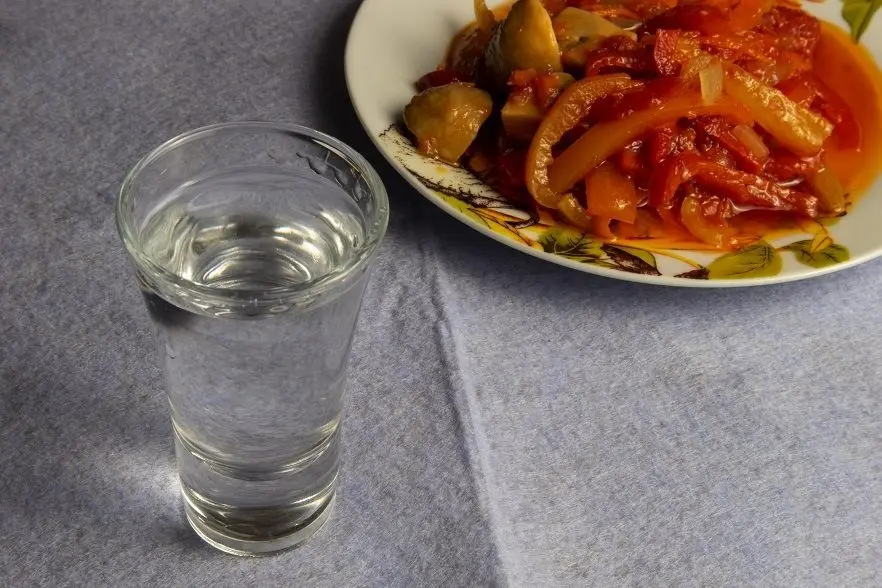Usually distillation of wine for moonshine is needed in two cases. The first is to obtain a fruit distillate, followed by aging in barrels (optional), this is how cognac and calvados are made. The second is for the disposal of expired store-bought or bad (failed) homemade wine. There is a universal method that is suitable for the two listed situations. With the right approach and following the technology, moonshine from wine is much better than sugar.
Attention! Shop wines contain sulfur (sodium sulfate), which is used as a preservative. At a high concentration of this substance, an unpleasant odor may appear in the finished moonshine. The presence of preservatives and dyes also does not contribute to a good mild taste. Therefore, distillation of the cheapest expired wines, for example, in bags, is not always justified.
The situation is different with homemade wines (grape, apple, cherry, etc.), which do not contain chemical additives. From such drinks, a distillate of the highest quality is obtained, which can be drunk immediately or insisted for 6-12 months in barrels (an alternative is oak chips) to obtain home-made cognac or calvados. Exposure significantly improves the taste, woody notes appear.
The only exception is sour wines, acetic acid makes moonshine sour. Partially, this disadvantage can be eliminated by carbon filtration and the addition of soda (quenching), but it is impossible to completely get rid of the specific aftertaste.
How to distill wine
1. Remove the wine from the sediment (if any), then pour into a distillation cube. The aging of the drink does not matter. You can make moonshine from young and aged wines, this does not affect the quality of the finished product.
2. Distill the wine for the first time without fractionation. Finish the selection of distillate when the output strength (in the jet) falls below 25-30 degrees.
If at first an unpleasant smell of sulfur appeared (typical for shop wines), collect the first 15-20 ml from each liter of wine separately and pour it out.
3. Measure the strength of the resulting moonshine (may be cloudy, this is normal). Determine the amount of absolute alcohol (multiply the volume by the percentage of the fortress and divide by 100). For example, if there are 3 liters of distillate with a strength of 43%, then the pure alcohol content is 1,29 liters (3 * 43/100).
4. Dilute moonshine with water up to 20%. To leave a fruity smell, do not clean with charcoal and other methods, but immediately after dilution, make a second distillation.
5. The first 12-15% of the yield from the amount of absolute alcohol (1,29 * 0,15 u0,194d XNUMX) is collected separately. This harmful fraction is called “head” and can only be used for technical purposes.
6. Select the main product (called the “body”) until the strength in the jet falls below 40%, then finish the distillation, or collect this distillate separately (“tail”).
7. Dilute the resulting moonshine from wine with water to the desired strength (usually 40-45 degrees), pour into glass containers and close tightly. Before use, let stand for 2-3 days to complete the chemical mixing reactions.
Theoretically, with a strength of 14% from 1 liter of wine, you can get about 260 ml of forty-degree distillate, in practice the yield will be lower due to fractional distillation.










